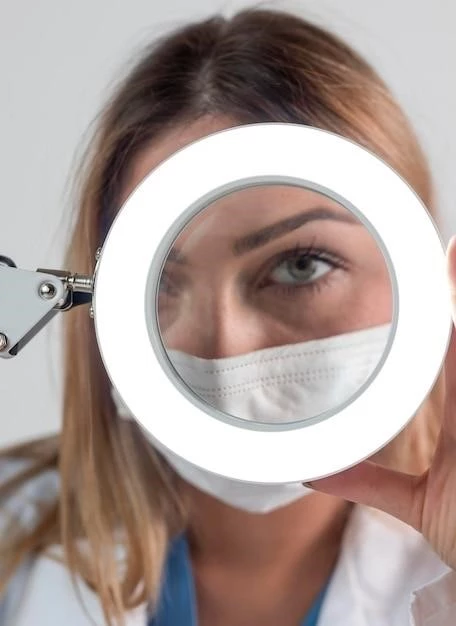Comprehensive Plan on Blepharitis
When it comes to blepharitis, understanding the causes, symptoms, and treatment options is crucial. Incorporating home remedies can aid in managing chronic blepharitis. Be aware of the complications of untreated blepharitis, especially in children. Prevent recurrence by following proper eye hygiene practices.
Understanding Blepharitis
Blepharitis is an inflammation of the eyelids causing red, swollen, and itchy eyelids. It can be linked to factors like bacterial overgrowth, skin conditions, and poor eyelid hygiene. Symptoms include crusty eyelashes, burning sensation, and greasy eyelids. Treatment involves eyelid hygiene, warm compresses, and prescribed medications. Home remedies like tea tree oil and baby shampoo can also help. Chronic blepharitis requires ongoing management to control symptoms. Untreated blepharitis can lead to complications such as eyelash loss and corneal damage. Children can also be affected by blepharitis and may need special care. Preventing blepharitis recurrence involves regular eyelid hygiene practices, avoiding eye makeup contamination, and seeking prompt treatment for any eye issues.
Management and Treatment
Effective management of blepharitis involves regular eyelid hygiene by gently washing the eyelids with a warm, damp cloth and using a mild cleanser. Applying warm compresses can help loosen debris and improve oil flow from the eyelid glands. Prescription treatments like antibiotic ointments or steroid eye drops may be necessary for severe cases. In cases of dandruff-related blepharitis, anti-dandruff shampoos can be beneficial. It’s important to follow the treatment plan recommended by your eye care provider to alleviate symptoms and prevent flare-ups. Consult your doctor if you experience persistent eye irritation or worsening symptoms despite home care measures.
Risks and Complications
Untreated blepharitis can lead to various complications such as chronic dry eye, styes, corneal ulcers, and eyelash problems. Chronic inflammation of the eyelids can affect the tear film, leading to dryness and discomfort. Styes, or hordeola, may develop due to blocked oil glands along the eyelid margin. In severe cases, corneal ulcers can occur, potentially impacting vision. Chronic irritation may also cause misalignment or loss of eyelashes. To prevent these complications, it is essential to manage blepharitis promptly and effectively, following your eye care provider’s recommendations for treatment and ongoing eyelid hygiene.
Blepharitis in Special Cases
Special care is needed when managing blepharitis in children, as their delicate eyes require gentle treatment. It’s essential to teach children proper eyelid hygiene practices and ensure they do not rub their eyes excessively. Consult a pediatric eye specialist for tailored treatment strategies. In cases of blepharitis during pregnancy, it is crucial to work closely with both an obstetrician and an eye care provider to address any concerns about treatment options. Those with compromised immune systems must seek advice from healthcare professionals to manage blepharitis effectively while considering their overall health. By addressing blepharitis in special cases with the appropriate guidance, individuals can maintain optimal eye health and minimize discomfort.

Prevention and Recurrence
To prevent blepharitis, maintain good eyelid hygiene by gently washing your eyelids daily with a mild cleanser and warm water. Avoid sharing makeup and regularly replace eye cosmetics to prevent contamination. If you wear contact lenses, follow proper hygiene and care instructions to minimize the risk of eye irritation. Preventing recurrence involves continuing eyelid hygiene practices even after symptoms subside. Be mindful of factors that trigger flare-ups, such as stress or environmental allergens. Regular eye exams can help detect early signs of blepharitis recurrence. By making these practices a part of your routine, you can reduce the likelihood of persistent or recurring blepharitis episodes.
